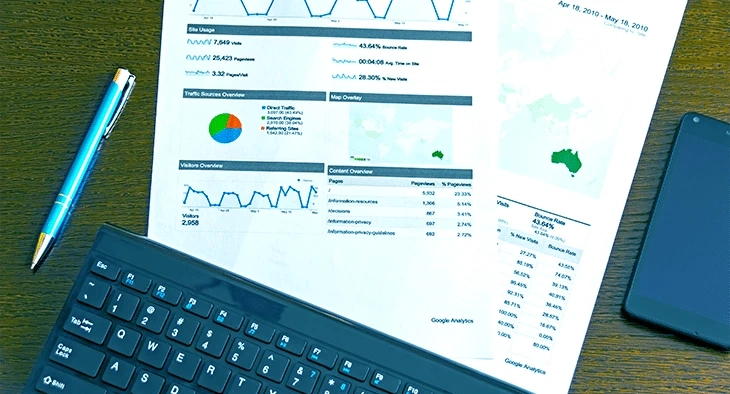Data catalogs are now a significant component in the management of data in modern organizations. Those that have implemented successful data catalogs have an easier time analyzing data. They can have quality data and improve the speeds of handling data. So what is a data catalog?
A data catalog is defined as a neat and organized inventory of data assets across data sources in an organization. It helps organizations and businesses collect, understand, and use data in better ways. With the help of it, all the organization’s data, the associated metadata, and any data management and data discovery tools can be ordered, indexed, and accessed quickly by the data users and business needs.
Why is it important?
Recent research by IBM shows that businesses spend 70% of their time looking for data and only 30% of the time utilizing it. A smart data catalog helps ease data compliance and governance efforts in an organization. A good catalog helps in organizing and retrieving information in a manner that helps organizations comply with regulations like the GDPR. A good catalog helps organizations sort out their most relevant and updated data by standardizing the way it is stored and labeled.
What are the features?
For enterprises to become completely autonomous with their search for data, a good catalog must have these features;
A metadata registryA modern data catalog must have a metadata registry. It should allow users to personalize different fields in their datasets and data categories. This helps in organizing a catalog and finding the data needed in a quick and efficient way.
A search engineA search engine is a must-have feature for a good catalog. The search engine helps users easily look for and discover metadata in a purposeful way. The use of keywords in the search engine makes the experience even better.
Data discovery toolFor data explorers to successfully look for their datasets, a good catalog must map the data. Through the data discovery feature, it identifies newly collected and stored datasets and any modifications to existing ones in an organization’s databases through the last inventory.
A business glossaryA smart data catalog provides a business glossary. The glossary helps data users to have a better understanding of the datasets in an organization’s databases. Through the glossary, users easily link business terms to data and its documentation.
A modular productivity templateA modern data catalog must capture as well as update all technical and operational metadata from the organization’s data sources. Through the modular productivity template, data administrators can configure and add new properties to create documentation templates for their datasets.
What are the benefits?
Helps organizations;
Sustain a data cultureA good data catalog is a reference data tool for all data users. Its interface does not need technical expertise to find and understand the data, making it accessible to all users and not limited to a small group of experts. It allows departments in organizations to collaborate by sustaining a data culture better.
Improve data accessibilityA data catalog allows the data consumer to query for specific data. It makes data available to its users on-demand.
Accelerate data discoveryMillions of datasets and assets are created each day, making organizations struggle to understand and gain meaningful insights from the data they hold. A recent survey shows that data teams spend as much as 80% of their time preparing and organizing their data instead of analyzing and drawing insights from it. Using a catalog in an organization improves the speed of data discovery and analysis by up to 5 times. This helps the data teams to focus on data analysis, thus completing their project on time.
Conclusion
Managing an organization’s data in the current age of big data is quite challenging. Data catalogs, as explained in this article, help in stepping up to these challenges. It empowers employees in an organization to draw better data insights and make decisions quickly. Active data curation is a core element in data catalog success and an important practice for modern data management. This helps in creating a single source of truth for all organization’s data. It helps to quickly access and share the insights drawn from data thanks to a centralized repository. Finally, a good data catalog helps in enforcing and simplifying data security and compliance with regulations such as the GDPR. Be sure to try AI/ML augmented data catalog from DQLabs for assistance in cataloging your data.


